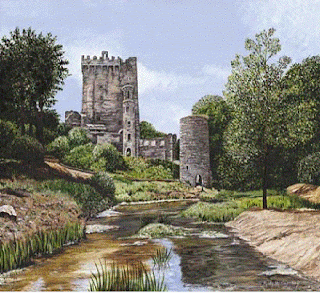Feedback needs to be targeted throughout the teaching and learning cycle because it directs kids back to learning. Without time to apply the feedback, lengthy comments and conferences are a waste of time. If I wait and give feedback only when an assignment is due the feedback is too late to be useful" (112).Not only is it too late to be useful, it is often just discarded into the trash can, sometimes with only a cursory glance.
Another issue addressed in this chapter is endurance and persisting when confronted with difficult text and assignments. Tovani asserts that "When students feel unsuccessful, they quit trying because they don't know what else to do." This makes modeling so important, not just for students, but for everyone. I do not like cookbooks without pictures because I want to know what it is supposed to look like before I even start cooking. Crystal clear directions are just not enough. I need to see the finished product or I do not even want to start. The only time this is not true is when I am cooking with someone who knows what they are doing. For example, my mom makes a recipe that has been in my family for quite some time. Though it uses fairly simple ingredients, the process is challenging. In this case, all the pictures of the finished recipe will not help me to feel confident. This is why I have not made them since I moved out of my parents' house 11 years ago. This summer, while my mom was visiting for two weeks, I had her make the recipe with me. Then she could get me started and answer questions when I got confused about exactly how warm the warm water was supposed to be. Even more importantly, she was there to let me know if I was doing something wrong. The entire process takes at least four hours to complete, so I did not, under any circumstances, want to find out that I had messed up only after pulling the recipe out of the oven.
I do not always like to give my students an example of a finished product because I fear that it will impinge on creative thinking and result in carbon copies of the example. However, modeling the process through a think-aloud or shared writing experience is so important to help students to feel more confident and self-assured. It makes the task seem not so far out of reach. As Tovani reminds us, "Once learners quit, teachers are in trouble."

No comments:
Post a Comment